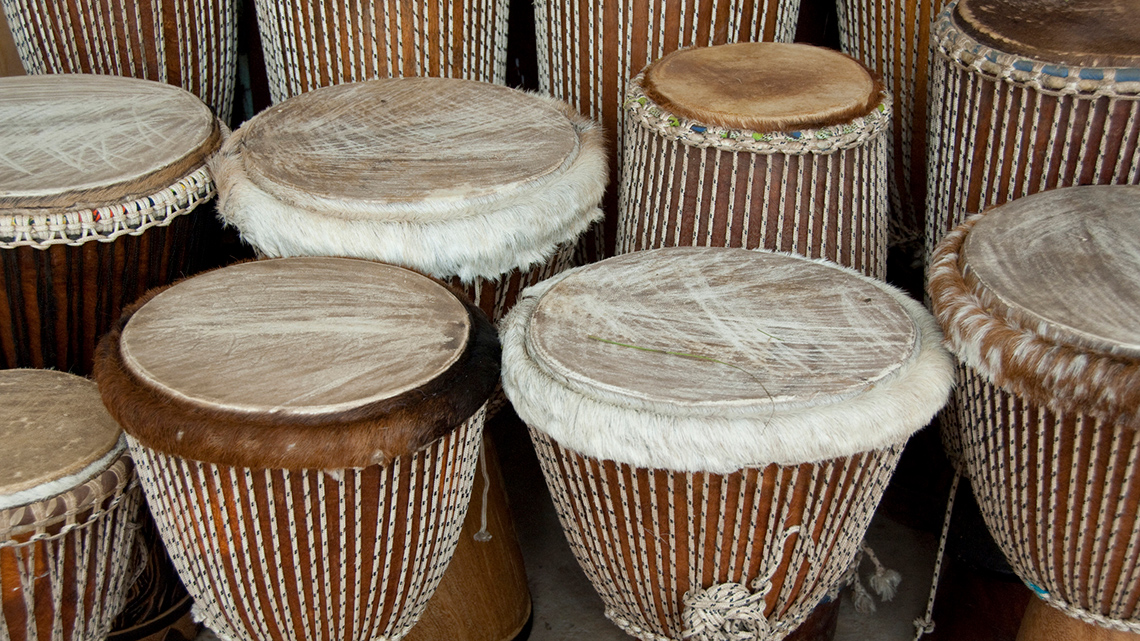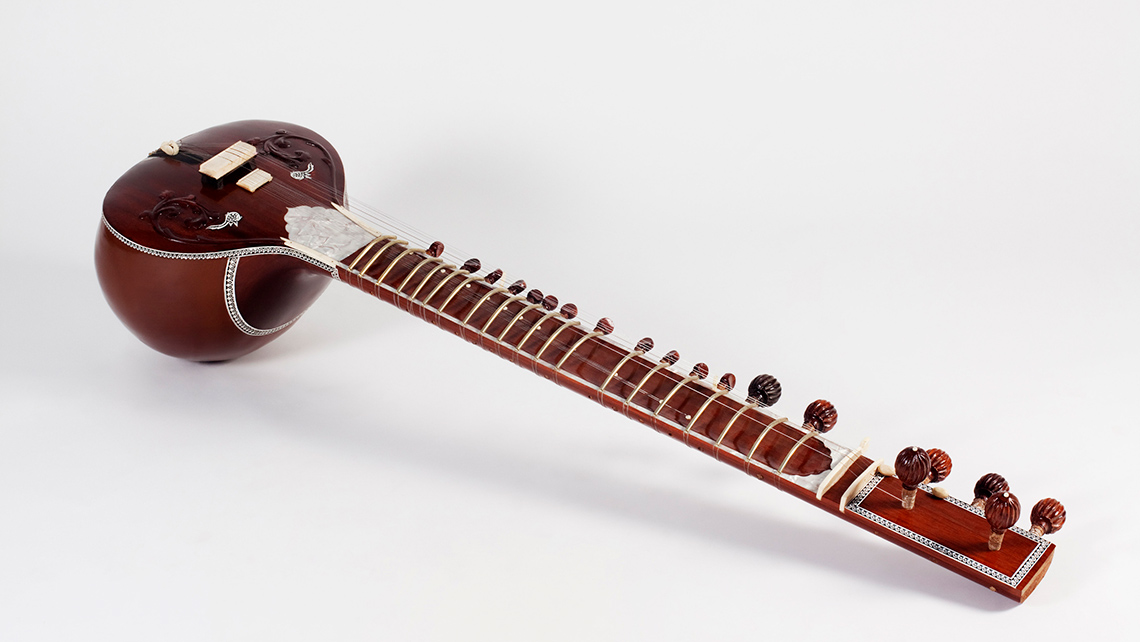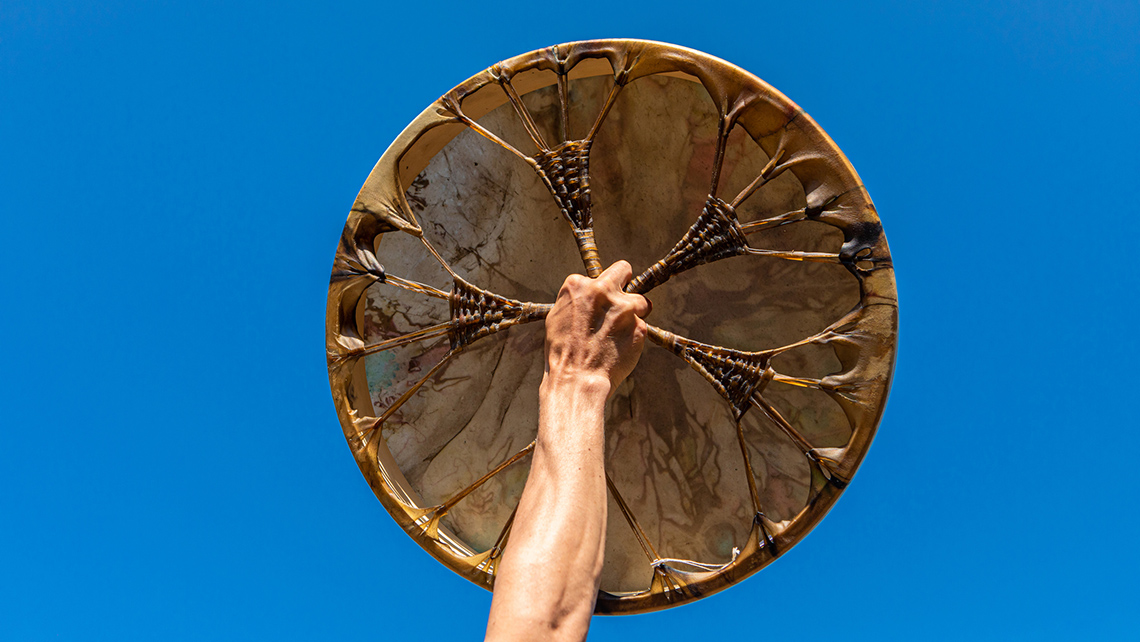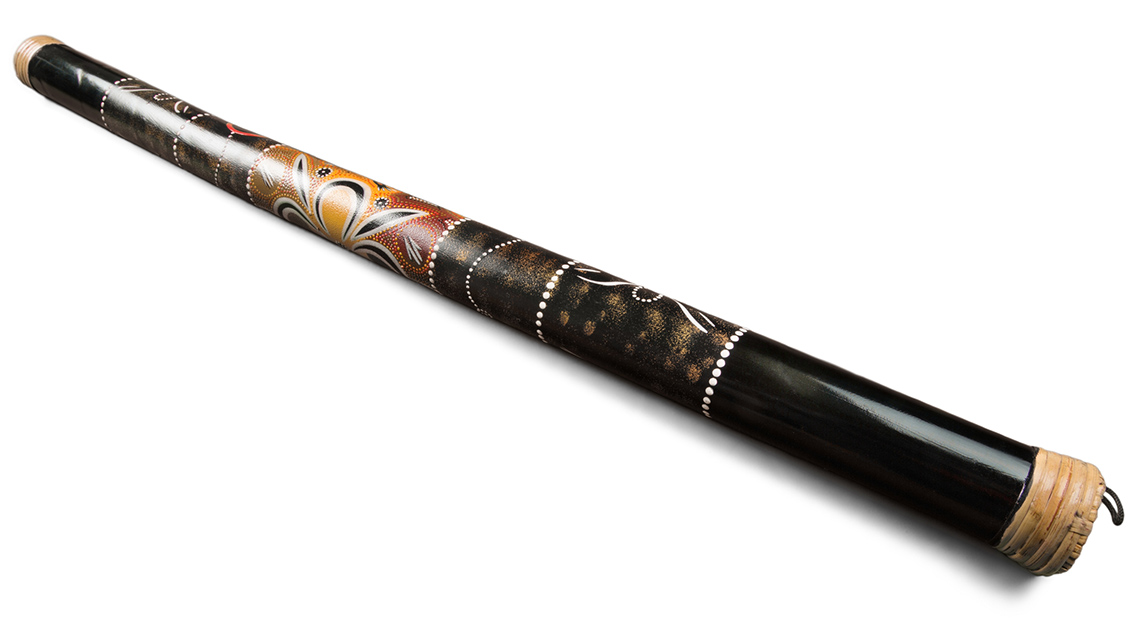Minds On
Today’s vocabulary
Press the following tabs to access today’s vocabulary.
Let’s get started
What do you know about the phrase “traditional music”? The term traditional can be up to a specific community or culture to define what they consider traditional. Sometimes, traditions can change over time while some traditions can stay the same.
Have you experienced traditional music in your life?
If possible, record everything you know about traditional music, including how you have experienced it in your life. You may complete the first two columns of the Traditional Music KWL worksheet in your notebook or use the following fillable and printable document. Include anything you want to know or still wonder about traditional music.
If you would like, you can use speech-to-text or audio recording tools to record your thoughts.
| KWL | ||
|---|---|---|
| What I Know | What I Want to Know | What I Learned |
Press the ‘Activity’ button to access Traditional Music KWL.
Action
Get ready, get set…
While the content in this learning activity is aligned to the curriculum, some content may be sensitive to individual learners. Consider reaching out to a trusted adult to share your feelings and questions.
Before we get started, it is important to note that the word “Indian” is used in this learning activity because it is deeply entrenched in law and policy in this country when referring to the Indian Act in 1867. Over time, several terms have been used to refer to Indigenous peoples. The original term, “Indian,” was replaced by the term “Aboriginal.”
Today, we use the term “Indigenous.”
Indian is a term that has been historically used to exclude and oppress Indigenous peoples. Due to the Indian Act, this term is still used by the government in official documents and is considered a legal definition used in Canada. Only use this term if it is a historical or legal reference. Although some Indigenous peoples still use this word as a term of reclamation, please note that this term is offensive when used by non-Indigenous people.
Let’s explore!

In First Nations, Métis, and Inuit cultures, dance and music have deep meaning and are rooted in the traditions and teachings of their community’s ancestors.
Before we begin, consider the question:
What is heritage? Have you ever come across this word before?
What is heritage?
Heritage refers to the elements of a culture that are passed down generation to generation, such as language, music, dances, dishes, stories, celebrations, and more. All of these elements still hold great importance to specific cultures today.
In Indigenous cultures, not all of these elements were passed down, because of the laws under the Indian Act. Though the Indian Act was created to legislate First Nations governance, lands, and life, it also impacted Inuit and Métis peoples and how they expressed their identities and cultures. Cultural dances and gatherings were banned from being practised in an effort to assimilate Indigenous peoples into mainstream European society.
The Indian Act also mandated education for First Nations children, leading to the creation of the residential school system. Children were taken from their homes and communities to attend schools that were sometimes hundreds of kilometres from where they lived. It became illegal for Indigenous parents to keep their children at home if they were school age. Some students were taken at even earlier ages, and some did not return to their communities until the age of 18, if at all. As a result, many lost connections to their home communities and did not grow up learning from their parents, grandparents, community Elders, or Knowledge Keepers.
Did You Know?
Did you know?
Residential schools were in operation for over 150 years and over 150,000 survivors attended these schools. Although Inuit and Métis peoples were not part of the Indian Act, they were enrolled in the schools, nonetheless. There were 139 identified residential schools in operation across Canada that were open from the mid-1880s until 1996. One of the core purposes of these schools was to eliminate Indigenous culture. The intent was to eventually make the Indigenous populations indistinguishable from others in mainstream society, thereby ensuring that there would no longer be a distinct Indigenous population in Canada.
Holding on to traditions
For over a century, Indigenous peoples were not allowed to wear their regalia, perform using traditional instruments, or simply gather together. This caused generations of young people to not be able to learn their traditions and the teachings that are carried with them. Though extremely difficult, some parents, grandparents, and community members fought tirelessly to hold on to these traditions and that is why they still exist today.
Some Indigenous peoples today share parts of their heritage with others so that they can learn more about the history as well as appreciate the uniqueness and richness of their culture. It also is a way to reclaim not only what the government had tried to take away from Indigenous peoples throughout the country, but what their grandparents, parents, and community members fought to preserve.
Now that we’ve explored some of the history of the Indigenous peoples’ heritage, let’s review what we’ve learned.
For each term, select the corresponding definition.
Traditional Indigenous music
Let’s explore some examples of traditional Indigenous music from four Indigenous young people. As you review the following videos, you may wish to reflect on this history and how each of the young people featured is sharing and reclaiming their cultural heritage through music.
Press the following tabs to access examples of traditional Indigenous music.
Access the following video to learn more about Morgan, a 12-year-old girl from East Selkirk, Manitoba. Morgan is a member of the Métis Nation. She will share her heritage by playing the Métis fiddle.
Explore the following video to learn more about Joshua, a 12-year-old Ojibwe boy from Curve Lake, Ontario. Joshua will be sharing a traditional hand drum and will also drum with his friends to share a piece of his heritage.
Check out the following video about Papatsie, a 9-year-old Inuk girl who lives in Ottawa, Ontario. Papatsie will be sharing a tradition in her Inuit community called throat singing.
Access the following video to learn more about Drakon, a 10-year-old Tsimshian boy from Terrance, British Columbia. Drakon will be sharing a traditional dance from his community.
Thinking about traditional music
Revisit the Minds On activity where you started to explore the idea of traditional music.
Now that you’ve examined a few examples of traditional music in a variety of Indigenous cultures, was there any new information that you learned?
Using the Traditional Music KWL worksheet from the Minds On activity, complete the third column in your notebook or use the following fillable and printable document. Record any new learnings and observations you’ve made about traditional music.
If you would like, you can use speech-to-text or audio recording tools to record your thoughts.
Use the following questions to guide your response:
- What did you notice about each culture’s traditions?
- What made each unique?
- How might each be an act of reclamation for the youth featured?
| KWL | ||
|---|---|---|
| What I Know | What I Want to Know | What I Learned |
Press the ‘Activity’ button to access Traditional Music KWL.
Contemporary Indigenous musicians
In the following sections, we will explore a few contemporary Indigenous musicians who infuse their cultural traditions into their music today.
Who is Jerry Alfred?
Jerry Alfred is a First Nations singer and storyteller. He is a member of the Selkirk First Nation, a Northern Tutchone (too-SHOW-nee) community. Jerry was named “Keeper of the Songs” for the community, which he received at birth. The role of the Song Keeper is to collect songs and then sing them at First Nations ceremonies and potlatches.
Jerry grew up speaking the Northern Tutchone language. At age 5, Jerry was forced to attend a residential school where students were only allowed to speak English. Even after many years in the residential school system, Jerry continues to speak his language and sing songs in the Northern Tutchone language.
Jerry was born in a nearby community called Mayo. He lives in the Yukon Territory in a town called Pelly Crossing. Pelly Crossing is 300 kilometres north of Whitehorse.
As we work towards Truth and Reconciliation, information about lands and territories is constantly being updated. This map was created using information available as of March 2022 from Google Maps.

Pelly Crossing
Jerry helps preserve the First Nations language and traditions in his music by combining modern guitar techniques with his traditional music.
Jerry taught himself to play guitar in his early teens. He became passionate about preserving the heritage of the Tutchone people when his father requested to “keep the music going” before he passed away. To honour his father’s request, he recorded “Etsi Shon (Grandfather’s Song),” which included the language and culture of his people.
Jerry composes his music by using traditional Tutchone music and adding twentieth century, Western influences. He blends traditional Indigenous sounds, such as the hand drums and chants, with European instruments like the guitar, mandolin, and harmonica.
Access the following video to explore “Etsi Shon (Grandfather’s Song)” by Jerry Alfred.
Pause and Reflect
Using different aspects of music
The blend of traditional with contemporary aspects of music helps Indigenous peoples connect with their heritage, share it with other communities, and reclaim their traditional music and language.
What did you notice about the language in Jerry Alfred’s “Etsi Shon (Grandfather’s Song)”? What instruments did you experience? Is there anything else that resonated with you? Record your answers in a method of your choice.
Now that you’ve had a chance to reflect on Jerry Alfred’s “Etsi Shon (Grandfather’s Song),” let’s review a few possible answers to our questions.
What did you notice about the language in the excerpt? Press ’Answer’ to reveal a possible answer.
This excerpt uses Jerry’s traditional language.
What instruments did you experience? Press ’Answer’ to reveal a possible answer.
This excerpt uses a rattle which is a traditional instrument in many Indigenous communities. There is also a keyboard and accordion playing in this excerpt which are contemporary Western instruments.
Go!
The Halluci Nation
The Halluci Nation is an electronic music group that was formerly known as A Tribe Called Red. The group is based in Ottawa, Ontario. Their music blends hip hop, reggae, moombahton, and dubstep-influenced dance music with elements of First Nations music, including chant and drumming. The group’s music has been referred to as powwow-step, which is a contemporary style of powwow music for urban First Nations in the dance club scene. The members of the group are DJs Bear Witness (Thomas Ehren Ramon) and 2oolman (Tim Hill). Former members include DJ Shub (Dan General) and founding members DJ NDN (Ian Campeau) and Dee Jay Frame (Jon Limoges). The members of Halluci Nation are Indigenous peoples.
Let’s explore a musical excerpt from the song “Mother Mother” by Halluci Nation. In an interview with CFWE, a radio network in Edmonton, Alberta, they shared that “Indigenous people need to define their identity on their own terms. If you share this vision, then you are already part of The Halluci Nation”.
While we explore the song, think about what elements of traditional Indigenous music you are experiencing and why these particular elements are being used.
Access this video to explore a musical excerpt from the song “Mother Mother” by Halluci Nation.
Record your thoughts by completing the Halluci Nation Reflections document in your notebook or using the following fillable and printable document. If you would like, you can use speech-to-text or audio recording tools to record your thoughts.
| Element of traditional Indigenous music | Why Would Halluci Nation use these elements? How does this connect to their heritage and reclaim their identity? |
|---|---|
Press the ‘Activity’ button to access Halluci Nation Reflections.
Press ‘Answers’ to reveal one way you could answer the questions.
| Element of traditional Indigenous music | Why would they use this element? |
|---|---|
| Steady drumbeat (like a heartbeat) | Drumming is important in Indigenous music and represents the heartbeat. |
| Use of vocables | This preserves some of the Indigenous music traditions. |
| Lyrics have a strong connection to nature | Indigenous peoples have a strong connection to Mother Earth. |
What is fusion?
You may have noticed that the traditional elements of Indigenous music were mixed in with more contemporary songs. This is an example of fusion music.
The Halluci Nation describes their genre as powwow-step or electric powwow since they characterize their music as a mixture of First Nations powwow and electronic music.
By incorporating aspects of contemporary music, the Halluci Nation can reach different, mainstream target audiences.
What is cultural exchange versus cultural appropriation?
Throughout history, different cultures have inspired one another. However, issues arise when the concepts borrowed are not represented in a way that is respectful to the original culture.

Two teachers talking. The first teacher says: “But I thought cultures exchange ideas and elements all the time! The second teacher responds: They do, but cultural exchange can sometimes become cultural appropriation.
Cultures do exchange ideas and elements all the time. However, if there is a power imbalance with the culture being borrowed from, and if that culture has not been treated fairly in the past, then the “borrowing” or “inspiration” crosses over from cultural exchange to cultural appropriation.
What does appropriation mean?
Appropriation is the act of taking something from someone else for one’s own use, often without the owner’s permission. Cultural appropriation happens when someone from one culture adopts elements of another culture without permission.
In order for it to be considered a “cultural exchange,” you need permission to borrow from another culture.
In First Nations, Métis, and Inuit cultures, music and dance are used for celebration, ceremony, and for entertainment. However, as you learned, under the laws of the Indian Act, Indigenous dances and regalia were banned. Therefore, borrowing from Indigenous cultures is not fair to Indigenous peoples based on the oppression they have faced in Canada.
Despite this history, Indigenous peoples continue to practise and reclaim their music and dances and to express themselves and their cultures across Turtle Island. By learning about this history, many non-Indigenous Canadians can understand why it is so important for Indigenous peoples to have opportunities to experience their music, dances, and cultures today, and why Indigenous cultures including music and dance should not be appropriated.
Consolidation
Traditions are important!

Now that we have reflected on the importance of tradition and how knowing this changes your experience with the music, let’s take some time to think about what we’ve learned today.
Using the Traditional Music KWL worksheet from the previous sections or another method of your choice, consider the following questions:
- How might you share an element of your heritage with someone? What element would you choose? Why is it important to you?
- Why is it important to learn from members of the Indigenous community about their heritage and culture?
- Not all elements of culture are shared with people outside of the community. Why is it important to make sure when researching online that these elements have been shared with permission? How might you check for this in your research?
- How could you teach a peer or community member about what it means to reclaim elements of culture and heritage? What example could you use from what you learned from Indigenous musicians to help support your ideas?
Reflection
As you read the following descriptions, select the one that best describes your current understanding of the learning in this activity. Press the corresponding button once you have made your choice.
I feel…
Now, expand on your ideas by recording your thoughts using a voice recorder, speech-to-text, or writing tool.
When you review your notes on this learning activity later, reflect on whether you would select a different description based on your further review of the material in this learning activity.



